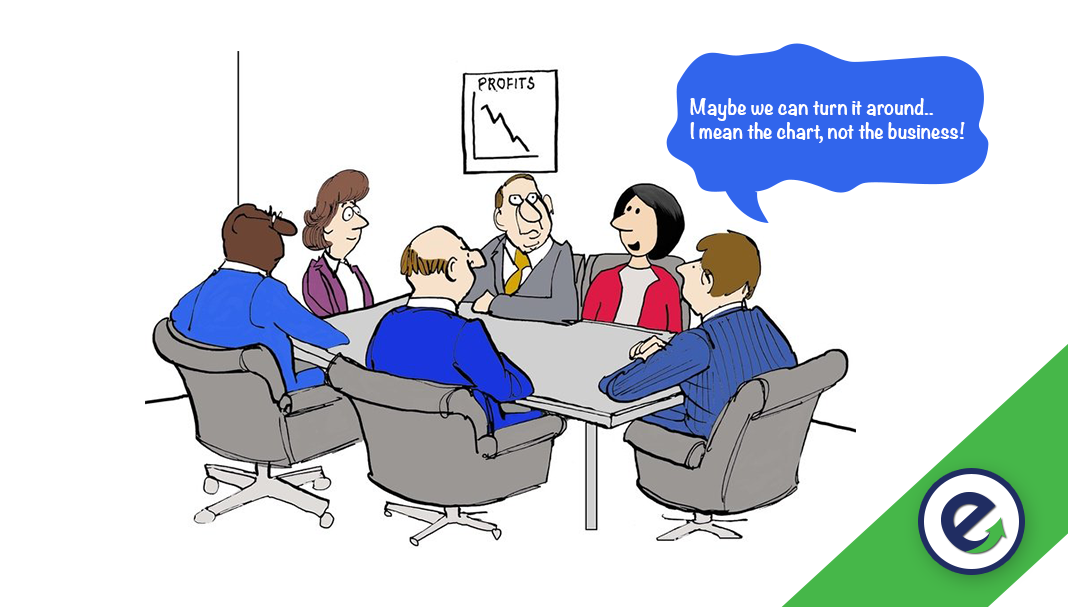Although there are still 30 minutes before the meeting begins, the disruption has already started. A cynical view, perhaps, yet meetings account for an increasing number of hours in our working time, with majority of the employees considering them a complete waste of time.
Every meeting ever held in the history of mankind is like this. I hope you’ve witnessed at least one such meeting so far during your professional life.
In this article we’ll have a look at the possibilities of converting these dysfunctional meetings into effective ones.
Consider the meeting’s objectives
Before you even plan to hold a meeting, make sure to determine the objective. Once you have determined the objective, it’ll become easier for you to remain to the point and avoid any irrelevant discussions. Try completing this sentence and you’ll know what you want from the meeting, “At the close of the meeting, I want the group to…” A clearly defined outcome can then be supported by suitable content.
Invite the right people
Once you’ve defined the objective of meeting, think about who really needs to be there. In case you’re not being able to judge this, don’t hesitate asking your coworkers for their opinion. When inviting people, always keep in mind that having more attendees wouldn’t guarantee a better outcome of the meeting. Instead, right people will help you achieve your goals with the meeting.
Outline the agenda
A meeting agenda plays pivotal role in making a meeting successful. It provides structure, timeliness, and roles for all the participants. You may consider the meeting agenda as an opportunity to get immediate engagement; who will chair? Who will scribe actions? The agenda is expected to support the outcomes identified for the meeting and involve all the participants early on with something to do.
Mention the code of conduct
By establishing ground rules, you can create a reference point for behavioral expectations. The key points of an ideal code of conduct should include:
- Mandatory participation
- Following the agenda
- One person speaks at a time
- Action focus
- Banning all technology
- Start on time/end on time
Evaluate & close out
Once all is said and done, how successful was the meeting? Before releasing participants back into the wild, be sure to use some form of appraisal. This will allow you to continue to make subtle changes to ensure the meeting strives to be effective. For instance, you may quickly get participants’ feedback at the end of meeting, have each participant rank the meeting 1-5 or ask them to fill out the meeting close out form against the defined criteria. Make sure to end the meeting well on time.
Send meeting minutes
Just because the meeting is over, doesn’t mean everything’s done. One of the most important things is the meeting minutes. Make sure to pen down the meeting minutes professionally and send to all participants. The meeting minutes should include:
- Decisions made
- Action points
- Identification and tracking of action items
By following the guidelines mentioned above, you can make sure that your future meetings are highly effective and play a pivotal role in your organization’s growth.





